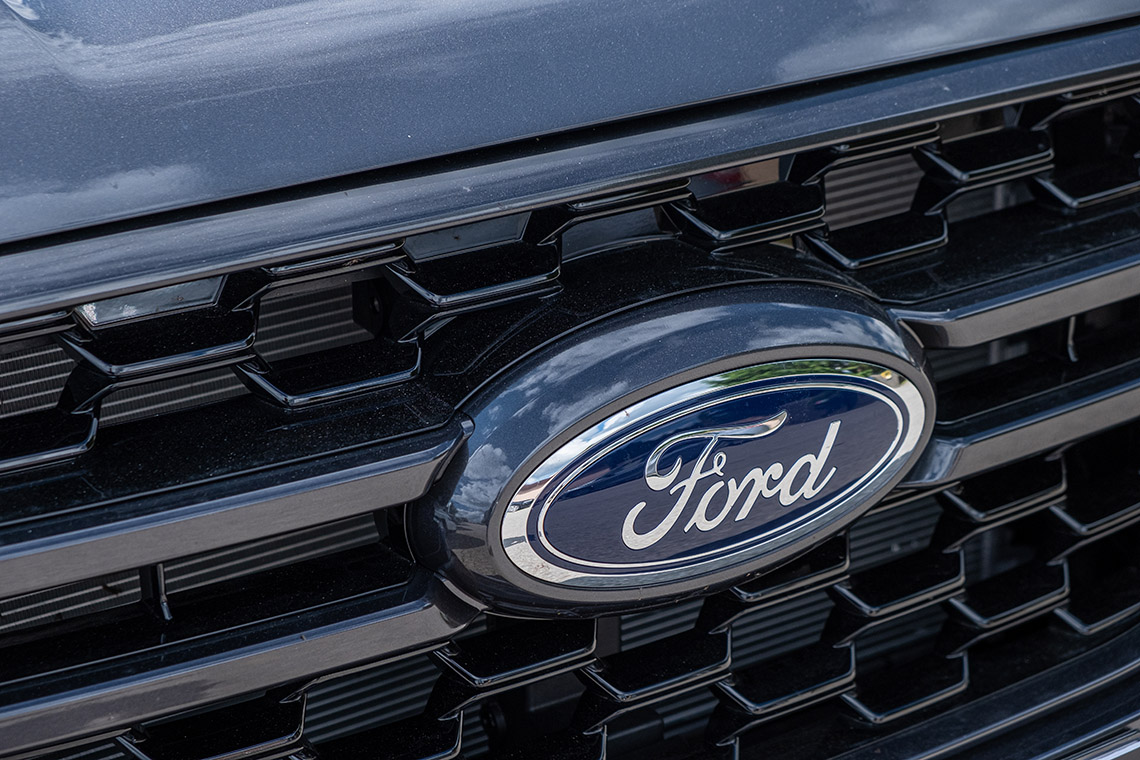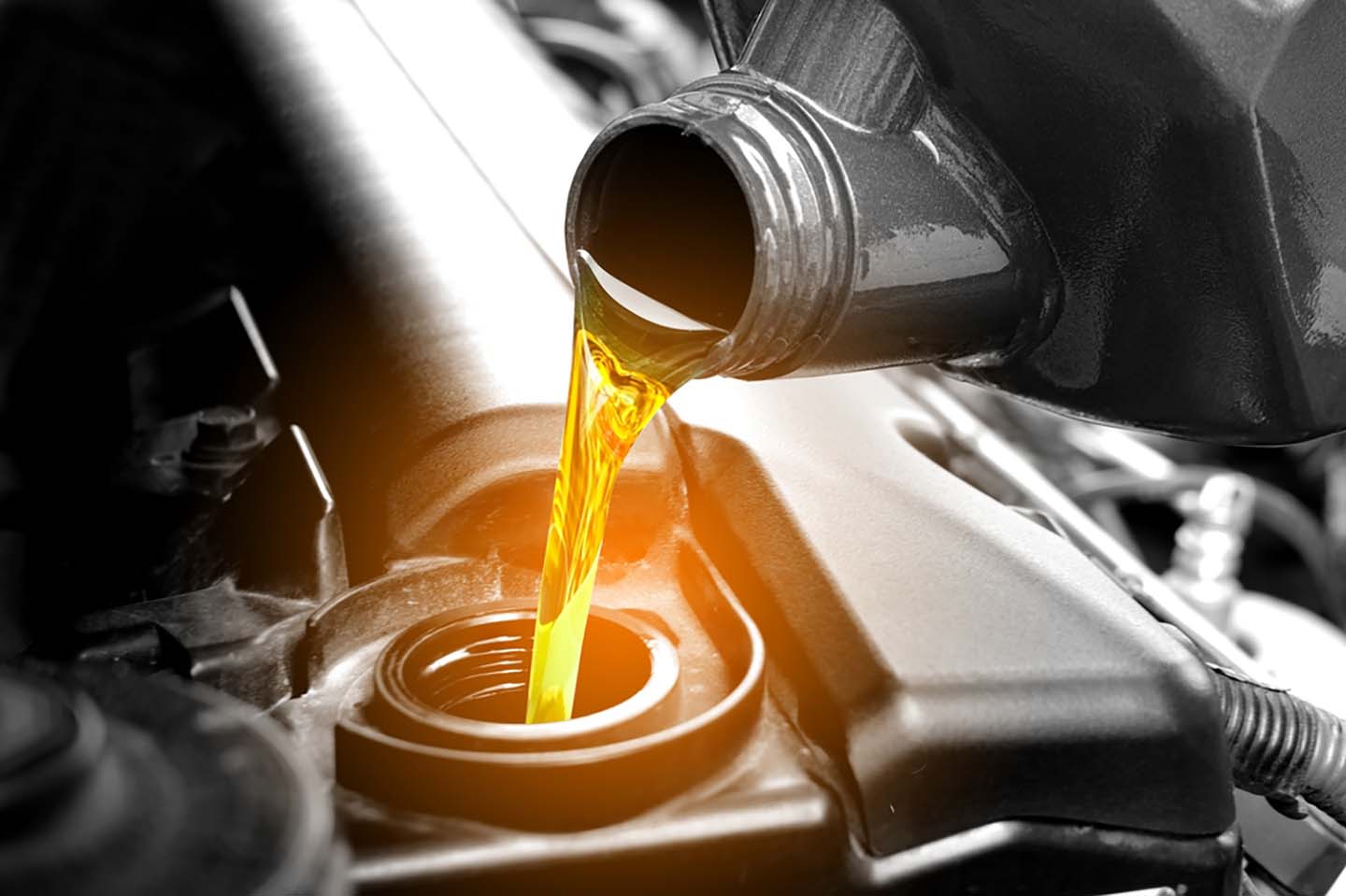How to Fix 6.4 Powerstroke Problems
Oct 2nd 2023

Shutterstock.com / VicVa
Got a problem with your Ford 6.4 Powerstroke engine? You’re not alone. Even though it comes with power specs, this diesel engine proved to be short-lived. It powered the company’s line of Super Duty pick-up trucks from 2008 to 2011 before it was replaced by the more efficient 6.7 Powerstroke. Most drivers find themselves in need of major repairs after just 150,000 to 200,000 miles. Ford phased it out to comply with new emissions regulations. It was the last engine produced in collaboration with International, bringing the partnership to a bittersweet end. (The auto giant now makes all its engines in-house.)
However, the Powerstroke 6.4 is still an impressive piece of machinery. It uses a common rail injection to improve fuel efficiency with a peak horsepower of 350 hp @ 3,000 RPM and a peak torque of 650 lb.-ft. @ 2,000 RPM. If you practice regular maintenance and replace faulty parts before they spread to the rest of the engine, you can keep driving your Ford Super Duty for years to come.
Problem: Low Fuel Pressure
Solution: Replace the HPFP, Clean the DPF and Change the Oil Regularly
Diesel engines pressurize the fuel before injecting it directly into the combustion chamber as a fine mist. If the fuel doesn’t reach the necessary PSI, the engine will lose power and burn through more fuel than necessary, forcing you to pay more at the pump. The wires on the high-pressure fuel pump will chafe and rust as water separates from the fuel. Watch for common 6.4 Powerstroke high-pressure fuel pump failure symptoms as you rack up the miles. Replacing the high-pressure fuel pump (HPFP) will likely resolve this issue.

Shutterstock.com / Me dia
The pump can’t do its job if there isn’t enough fuel flowing through the engine. The 6.4 Powerstroke is the first Ford engine to feature a diesel particulate filter (DPF) that removes ash and carbon from the fuel supply, but it will clog over time, slowly depriving the engine of fuel. The DPF sensor can also be faulty, so don’t wait for the check engine light to come on. Replace the DPF to reduce clogging for better fuel efficiency.
The oil in the fuel injectors pressurizes the oil. But fuel will leak into the oil supply, making it less effective. Don’t be surprised if you check the level only to find an extra quart in the tank. Change your oil at or before the recommended interval to keep the fuel at the right PSI.
Discover All of Our Diesel Products
Problem: Clogged EGR Coolers
Solution: Replace the EGR System
The engine comes with an exhaust gas recirculation cooling system that lowers the temperature of the exhaust gas being recycled through the engine. It’s designed to prevent harmful pollutants from escaping out the tailpipe, but it can easily fail after just 100,000 miles or less. Heavy hauling and anything beyond “normal use” will cause the EGR system to clog and overheat sooner than expected, which increases wear and tear across the entire engine. It comes with two EGR coolers that will need to be replaced with age. Use aftermarket 6.4 Powerstroke EGR coolers to avoid damaging other parts and systems.

Shutterstock.com / Wirestock Creators
Problem: Leaking Radiator
Solution: Replace the Radiator and/or Water Pump
Speaking of overheating, the 6.4 Powerstroke can easily run out of coolant if there’s a leak in the radiator. Replacing the entire radiator will stave off damage in the long term. The gasket heads on the water pump could also be blown due to rust and corrosion. Replace the 6.4 Powerstroke water pump if it appears damaged. Watch for puddles of coolant under the engine or throughout the crankcase. Check the coolant level regularly to avoid going without.
The 6.4 Powerstroke is not without its problems, but it will still get you where you need to go if you use the right aftermarket parts and products. The engine tends to be more sensitive to poor-quality oil and fuel, so be sure to follow the manufacturer’s guidelines when filling up the tank. Expect certain parts to fail sooner than expected, especially if you’re doing some serious hauling, and replace them before the problem gets any worse.
